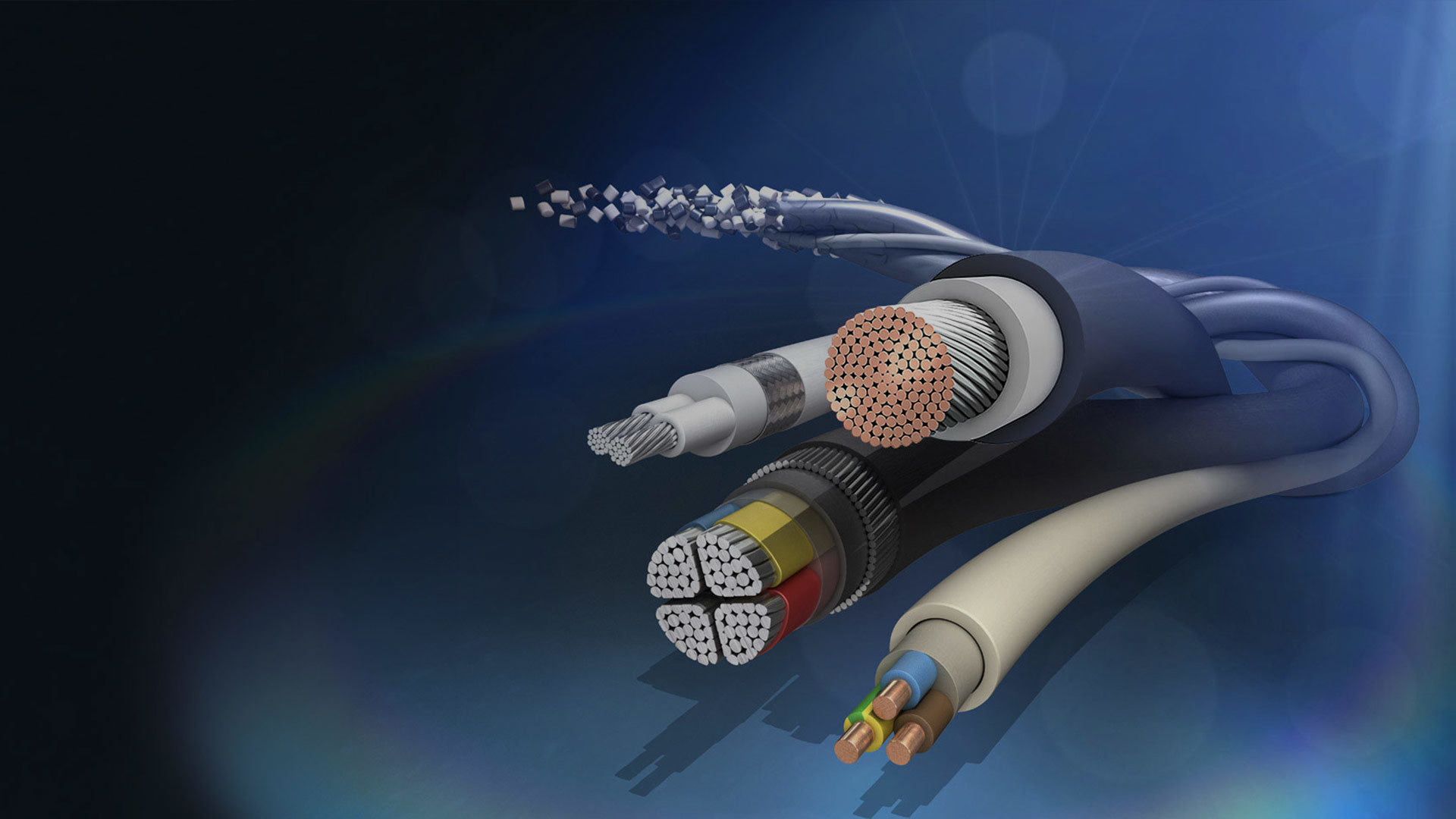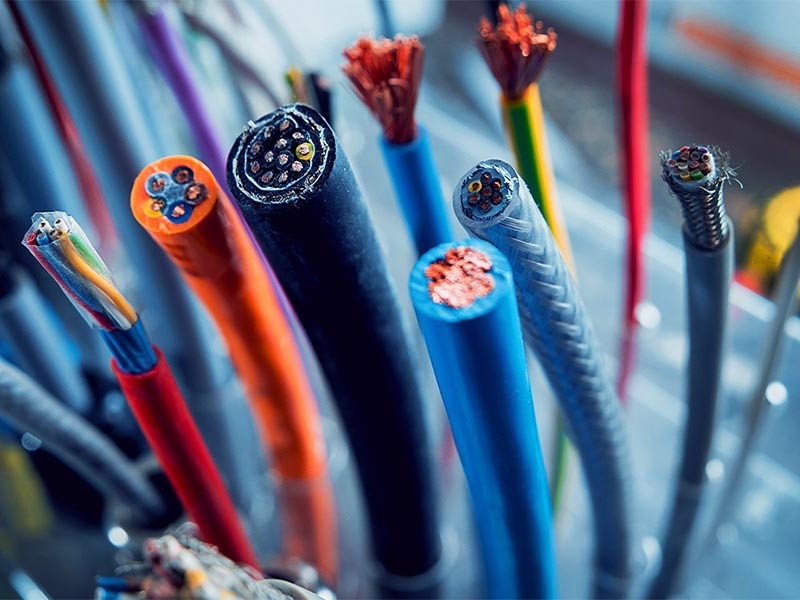Fiber optic connector network connector classification, specifications and characteristics of the introduction!
Release time:
2024-01-05
Classification of optical fiber connectors by interface type: optical fiber connectors can be divided into FC, SC, ST, LC, MT-RJ and other types according to the interface type. Among them, FC connector adopts thread locking mechanism, which is troublesome to operate, but reliable to connect and is mostly used in telecom operators or large data centers. SC connector adopts plug-in locking mechanism, which is easy to operate and is mostly used for network equipment such as routers and switches. ST connector adopts bayonet locking mechanism, which needs to rotate and fix nut during installation and is mostly used for optical fiber distribution frames. LC connector adopts small plug-in locking mechanism, small size, small insertion force, easy to install, suitable for high-density wiring; MT-RJ connector adopts dual-channel design, with high density and bandwidth, suitable for high-bandwidth applications.

Classification of 1. fiber optic connectors:
1. Classification of optical fiber connectors by interface type: optical fiber connectors can be divided into FC, SC, ST, LC, MT-RJ and other types according to interface type. Among them, FC connector adopts thread locking mechanism, which is troublesome to operate, but reliable to connect and is mostly used in telecom operators or large data centers. SC connector adopts plug-in locking mechanism, which is easy to operate and is mostly used for network equipment such as routers and switches. ST connector adopts bayonet locking mechanism, which needs to rotate and fix nut during installation and is mostly used for optical fiber distribution frames. LC connector adopts small plug-in locking mechanism, small size, small insertion force, easy to install, suitable for high-density wiring; MT-RJ connector adopts dual-channel design, with high density and bandwidth, suitable for high-bandwidth applications.
2. Classification of optical fiber connectors by pin end face: optical fiber connectors can be divided into FC/PC, FC/UPC, FC/APC and other types according to pin end face. Among them, the pin end face of FC/PC connector is a physical contact surface, which needs to be polished with a grinding machine. The pin end face of FC/UPC connector is ultra-flat with small surface roughness and is suitable for single-mode optical fiber. The pin end face of FC/APC connector is an inclined contact surface with small angle error and return loss, which is suitable for high-speed communication and optical device testing.
3. According to the number of fiber core classification fiber optic connectors: fiber optic connectors can be divided into single-core, double-core and multi-core types according to the number of fiber cores. Among them, the single-core optical fiber connector is mainly used for the connection of a single optical fiber; the double-core optical fiber connector is mainly used for the connection of two optical fibers; the multi-core optical fiber connector can support the connection of multiple optical fibers, with high density and bandwidth.
Specifications of 2. fiber optic connector:
The specifications of the optical fiber connector mainly involve parameters such as pin diameter, jack diameter, jack length, insertion and extraction force, etc. Specifically, the pin diameter of the optical fiber connector is usually 250 μm or 300 μm, and the diameter of the socket varies according to the type of interface. The length of the socket must meet the requirements of mechanical strength and stability. The insertion and extraction force is one of the important indicators to evaluate the performance of the optical fiber connector, and the appropriate insertion and extraction force can ensure the reliability and service life of the connector.
In addition, the return loss of the optical fiber connector is also one of the important parameters to evaluate its performance. The smaller the return loss, the smaller the reflection of the optical signal, and the higher the transmission efficiency. In the test of high-speed communication and optical devices, the demand for return loss is higher.
Features of 3. fiber optic connector:
1. High reliability: The optical fiber connector has undergone strict quality control and testing to ensure its high reliability and stability.
2. High bandwidth: The optical fiber connector can support high-speed data transmission and high bandwidth applications, and is suitable for various communication systems.
3. Miniaturization: The optical fiber connector is small in size and light in weight, which is convenient to carry and use.
4. Easy installation: The installation of optical fiber connectors is simple and fast, reducing labor costs and time costs.
5. Strong durability: The plug life of the optical fiber connector is long, and it is not easy to be damaged after long-term use.
6. Wide range of application: Fiber optic connectors are suitable for various types of optical fibers and communication equipment, and have a wide range of applications.
Key words:
- All
- Product Management
- News
- Introduction
- Enterprise outlets
- FAQ
- Enterprise Video
- Enterprise Atlas
Related News








